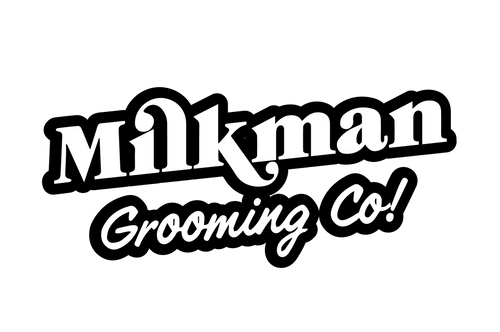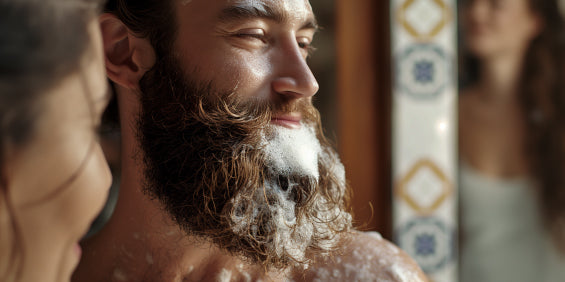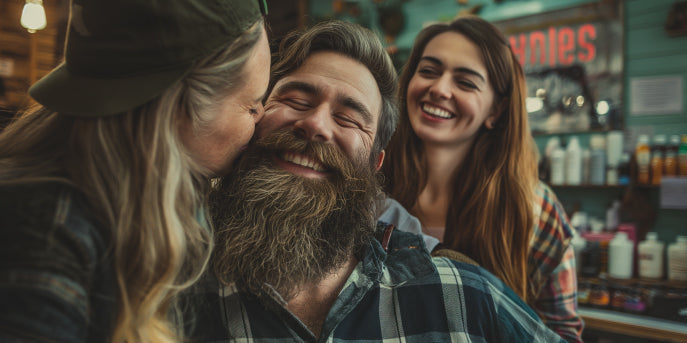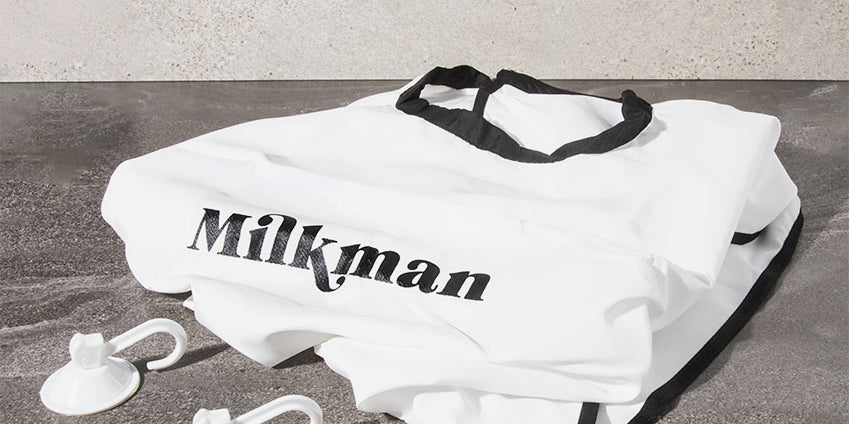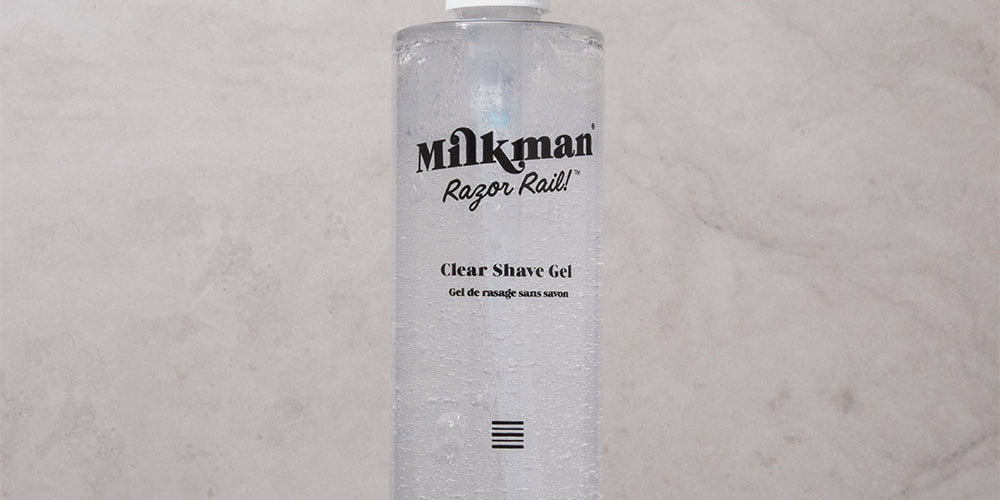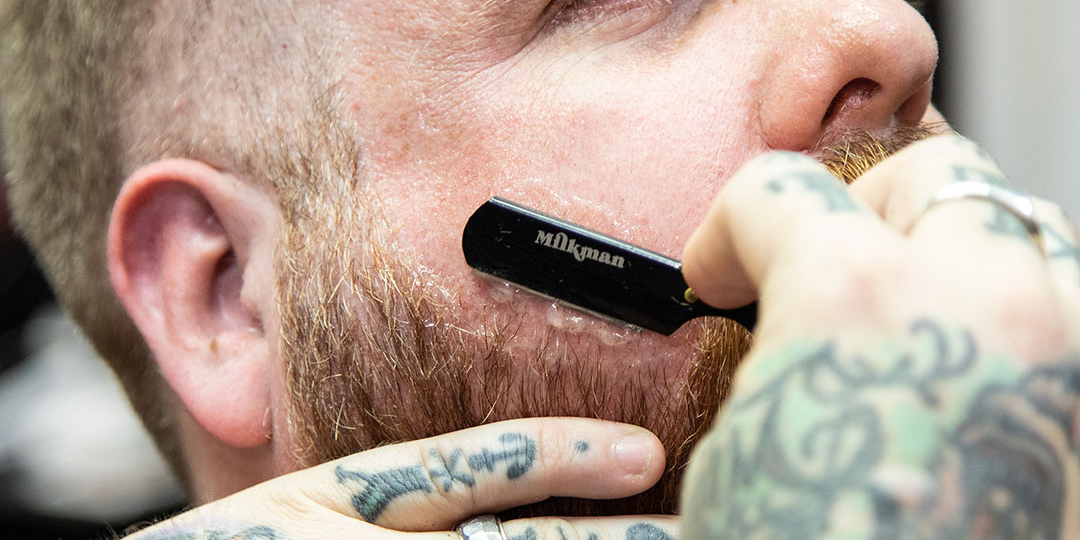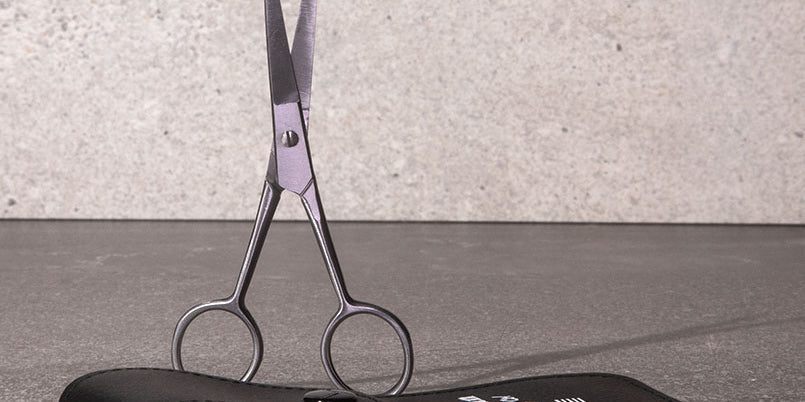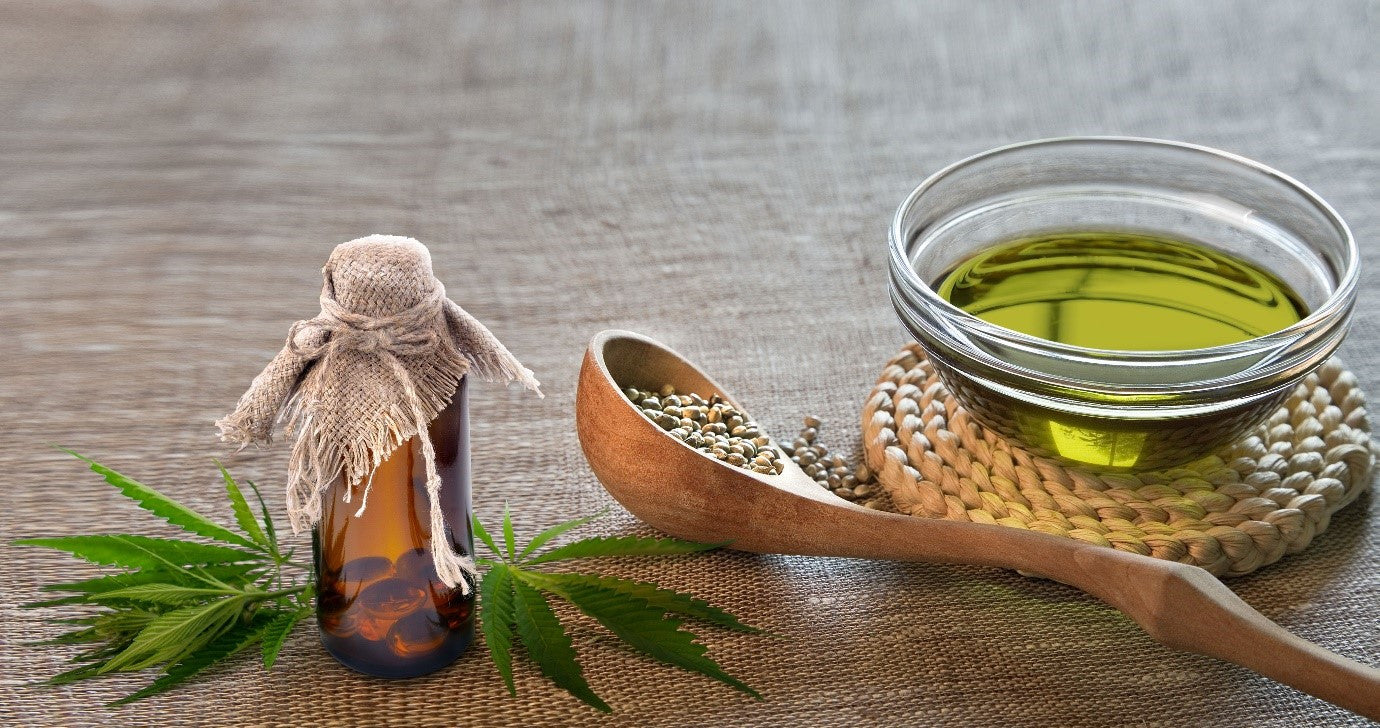Coffee is consumed by most, and a lot of people cannot go a single day without drinking a cup – it’s a necessity. We’ve all heard that coffee is packed full of health benefits when you drink it, including having antioxidant and anti-inflammatory properties, as well as being able to reduce stress in many people.
Recently, there has been an emergence of cosmetic products that contain coffee or caffeine, which claim to also promote beneficial outcomes for your skin. The scientists at Milkman ask the question, does coffee have any effect on the skin? If so, are these effects positive?
Side note: how does caffeine affect your brain?
Caffeine is considered a stimulant because it produces effects such as arousal, alertness and improvement of mood by reversing the feeling of tiredness. When you feel tired or fatigued, an underlying cause of this is the production of adenosine in your brain. Adenosine is a chemical produced by your body to regulate sleep and suppression. Adenosine is able to block stimulatory nerve impulses in the brain and also activate inhibitory adenosine neurotransmitters, ultimately producing this feeling of tiredness. Caffeine and adenosine are similar in shape and therefore caffeine can bind to adenosine receptors. When caffeine enters the brain, it antagonises adenosine receptors by binding to them and blocking them. Therefore these sedative effects do not transpire because adenosine is inhibited. Thus, there is continuous firing amongst neurons, creating stimulation, and keeping you wide awake. (Macdonald et al 1984).
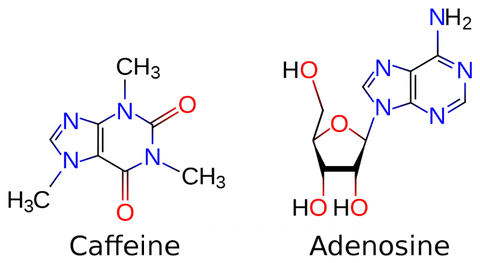
According to a study by Otberg et al (2008), caffeine is able to penetrate the skin just after a few minutes with topical application. They noted that caffeine is also able to penetrate quicker through open hair follicles and enter blood capillaries.

Figure 1: Otberg et al (2008). Penetration of caffeine into human skin.
The face contains many pores, open hair follicles, and a dense/shallow blood capillary network which can facilitate a relatively rapid penetration of caffeine.
According the graph, it takes about five minutes for caffeine to start absorbing into the skin, with significant absorption taking place within the hour. However, with some calculations, the concentration of caffeine in cosmetic products and the limited penetration ability of caffeine (after 5 minutes) into the skin may not be significant enough to see immediate effects with one application. Nevertheless, the continuous application of caffeine over time will yield different results.
Improves blood circulation
Caffeine is reportedly shown to help improve the microcirculation of blood vessels. A study by Lupi et al (2007) revealed that cellulite in women significantly decreased with treatment of caffeine over a period of one month, owing to the increased blood circulation around the affected skin area. In terms of the face, an increase of blood circulation will allow the increase of oxygen and nutrients in the facial area giving you a better skin tone, colouration, increase collagen production (reduces wrinkles), and help fight dark eye circles.
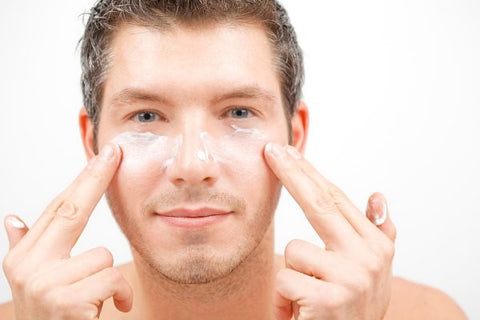
Caffeine is an anti-oxidant
Caffeine is a great anti-oxidant and is able to fight UV induced free radicals – which can contribute cell damage. Free radicals are molecules that can be produced with their exposure to UV light, which are then able to react with skin cells and damage them, causing wrinkles, aging skin disorders and produce cancerous cells. They can do this because of their reactive free electrons that want to desperately pair up with another molecule. Caffeine is able to react with these free radicals before they affect our cells and thus reduces their damaging potential (Leon-Carmona & Galano, 2011). Therefore, caffeine is able to help fight skin impairments and help slow down signs of aging.
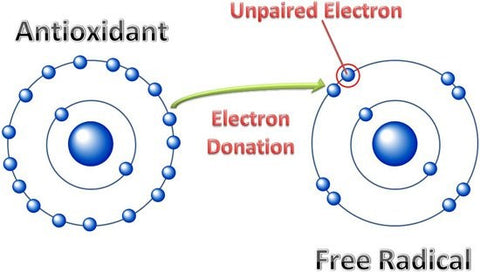
With ongoing application, it is evident that the biological properties of caffeine have some health benefits. You may find that the application of coffee on the skin will not yield the same results when compared to drinking it. However, once caffeine penetrates the skin significantly, it has been associated with some positive effects.
Recent findings show how caffeine can help repair skin cells, but I think more specific research needs to be conducted on caffeine and the skin to shed more light on the topic. This is especially important as more caffeinated cosmetic products are released. Nonetheless, there is definitely some potential in using caffeinated products and this is definitely an area to watch.
Other articles that might interest you:
2. Tips & Tricks for Patchy Beards
3. Head Hair vs Beard Hair: What's the Difference?
4. The Importance of Trimming your Beard
5. Top 5 Dishes Every Guy Should Know
Author: John Porreca
Editor: Ben De Campo
References:
Endo M. 1975. Mechanism of Action of Caffeine on the Sarcoplasmic Reticulum of Skeletal Muscle. Proceedings of the Japan Academy 51(6): 479-482
Heffernan TP, Kawasumi M, Blasina A, Anderes K, Conney AH, Nghiem P. 2009. ATR–Chk1 Pathway Inhibition Promotes Apoptosis after UV Treatment in Primary Human Keratinocytes: Potential Basis for the UV Protective Effects of Caffeine. Journal of Investigative Dermatology 129(7): 1805-1815
Herman A, Herman AP. 2013. Caffeine’s Mechanisms of Action and Its Cosmetic Use. Skin Pharmacology and Physiology 26(1): 8-14
Jagdeo J, Brody N. 2011. Complementary antioxidant function of caffeine and green tea polyphenols in normal human skin fibroblasts. Journal of Drugs in Dermatology 10(7): 753-761
León-Carmona JR, Galano A. 2011. Is Caffeine a Good Scavenger of Oxygenated Free Radicals? The Journal of Physical Chemistry 115(5): 4538-4546
Otberg N, Patzelt A, Rasulev U, Hagemeister T, Linscheid M, Sinkgraven R, Sterry W, Lademann J. 2008. The role of hair follicles in the percutaneous absorption of caffeine. British Journal of Clinical Pharmacology 65(4): 488-492
Image credits: (man) http://menfash.us/wp-content/uploads/2015/10/Brighter-complexion-in-winter-season_mini.jpg; (anti-oxidant diagram) https://authoritynutrition.com/wp-content/uploads/2014/10/antioxidants-vs-free-radicals.jpg;

